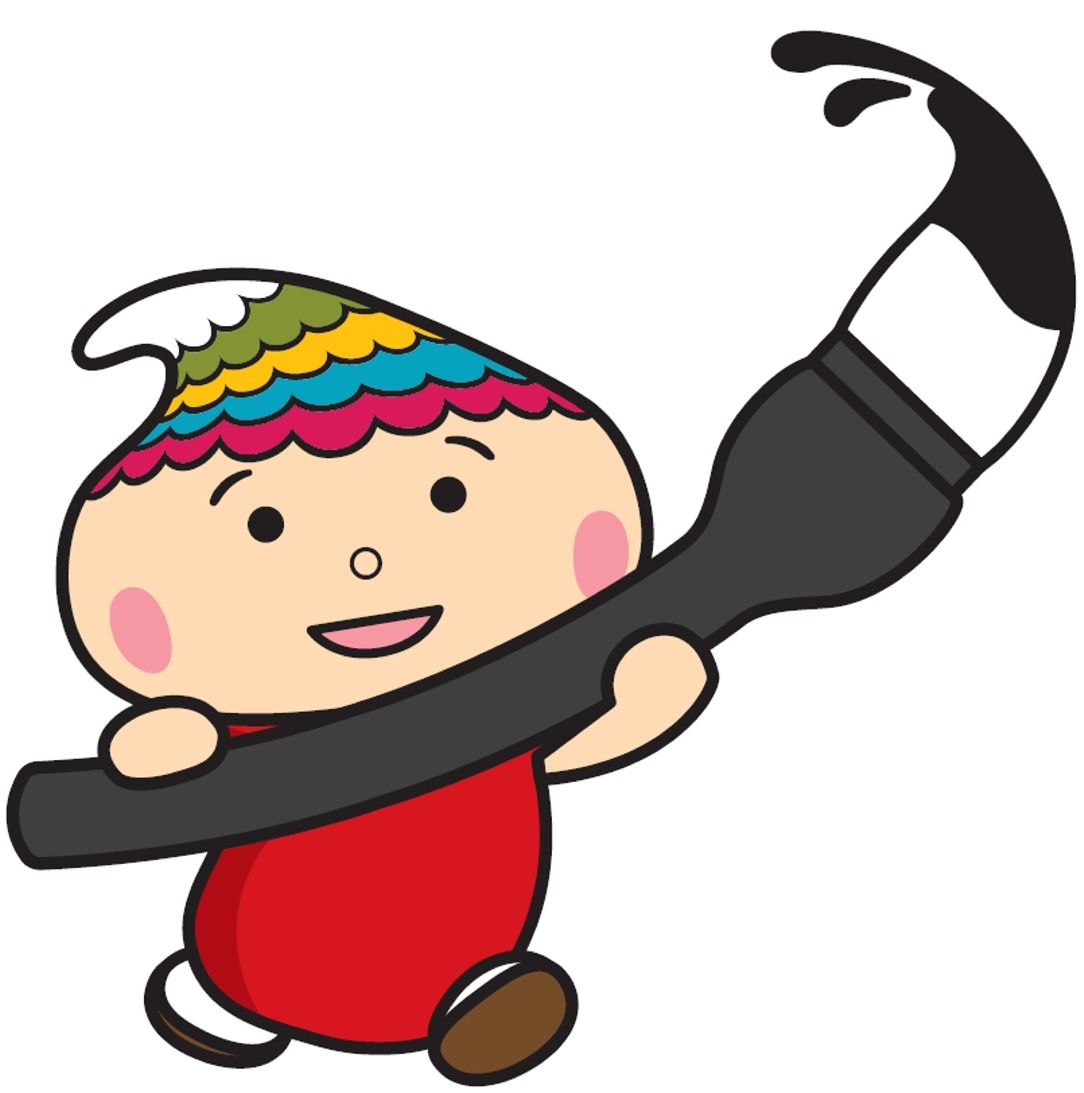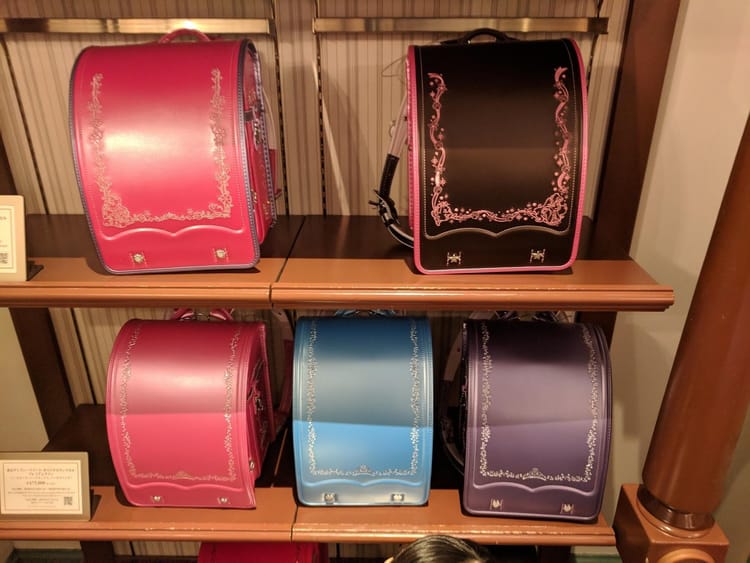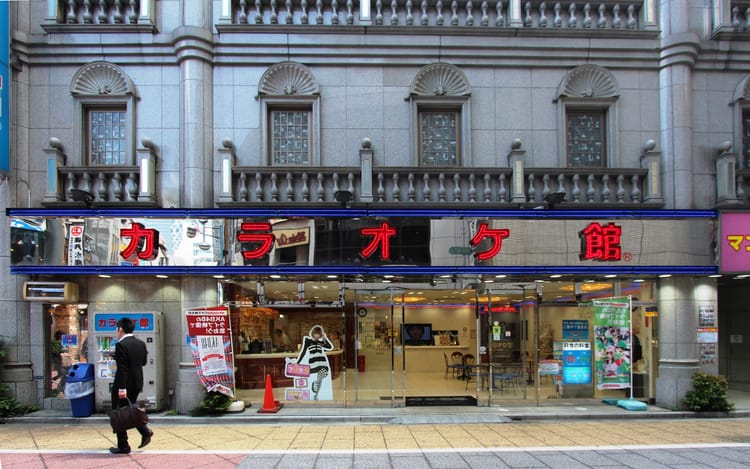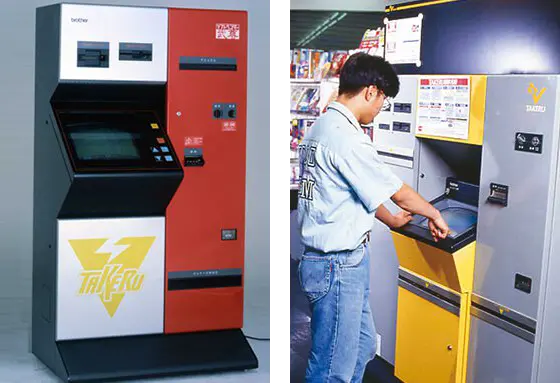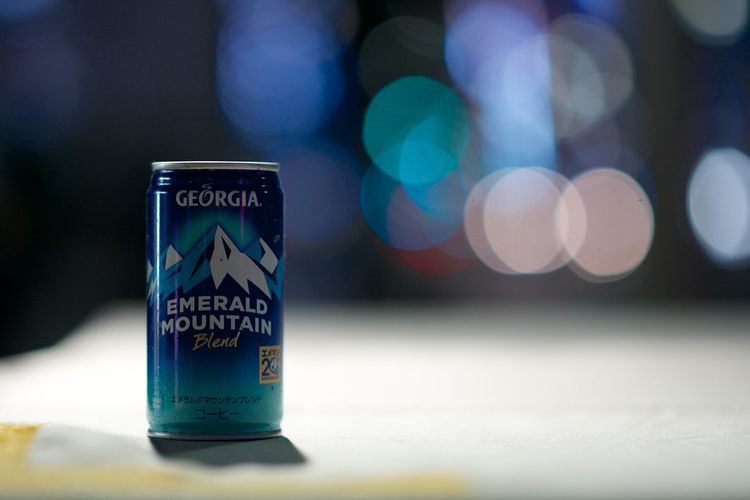12 years to make a brush: Hiroshima's Kumano Brushes
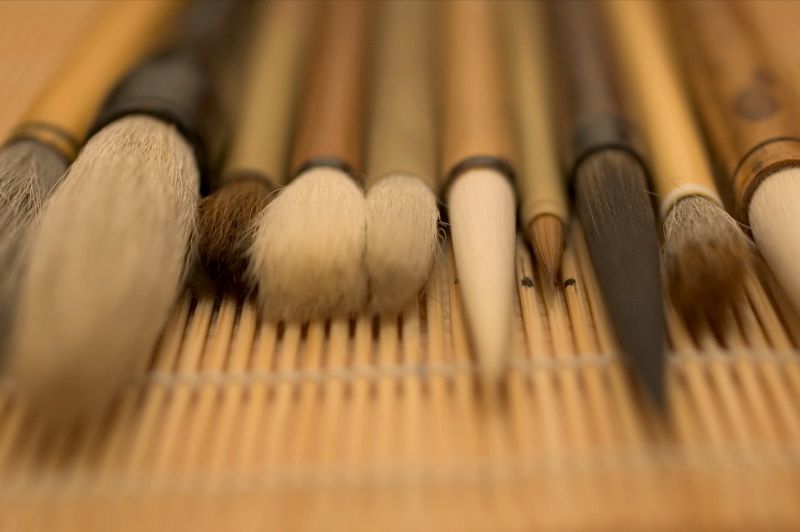
I would like to start with a big thank you to our reader “S” who recommended this topic. This week we cover a traditional Japanese product that is evolving with the times.
Kumano and brush making
Kumano is a town of 22,000 people in Hiroshima. For over 180 years Kumano has produced calligraphy brushes and is called the “Brush Capital of Japan”.
Before World War II, writing with a brush was common in Japanese schools. However, this changed after the war and learning how to write with a brush became optional.
From that point the demand for calligraphy brushes saw a sharp downturn and Kumano has had to adapt.
Kumano Brushes
While not the only producer of calligraphy brushes, Kumano became famous after inventing new techniques to produce better brushes, ten times faster.
These techniques have been passed down over generations and in 1975 the Japanese government recognized Kumano's brush making as a Traditional Craft.
However, there are currently only 16 Traditional Craftspeople who have these skills. Just 16 people. In a country of 120 million.
Becoming a Traditional Craftsperson in brush making is a demanding endeavor. It takes 12 years of experience, a written test, and a portfolio test to qualify for this designation. This makes it hard to attract new people to the craft and pass it on to the next generation. Not helping matters is the shrinking market for brushes.
In the last few decades though, these artisans have adapted and directed their skills towards in other directions.
Kumano has evolved these skills to make high-end make up brushes. In the fashion circles, Kumano is now so well known for make up brushes that the association with calligraphy seems to have been forgotten.

Kumano brushes are made from animal hairs–silver fox, squirrel, deer, and goat to name some. Artisans decide which hair to use based on the characteristics they want to bring out. Goat hair is used in soft make up brushes while deer hair is used in brushes that need a fine point.
Each brush goes through at least 9 processes, a lot of them needing the keen eye and the motor skills of experts. I could not do justice explaining these in words, but the short video below explains these well.
Kumano's artisans are also adapting to changing consumer preferences. For example, they have created synthetic options that provide the same luxurious experience but do not have any animal products.
Kumano brushes are available online although not in as much variety as you would find in Japan.
Kumano takes its brushes very seriously. There is an annual Brush Day, Brush Week, and Brush Dance. Kumano also has its own mascot: Fuderin. If that isn't taking it seriously, I don't know what is!
